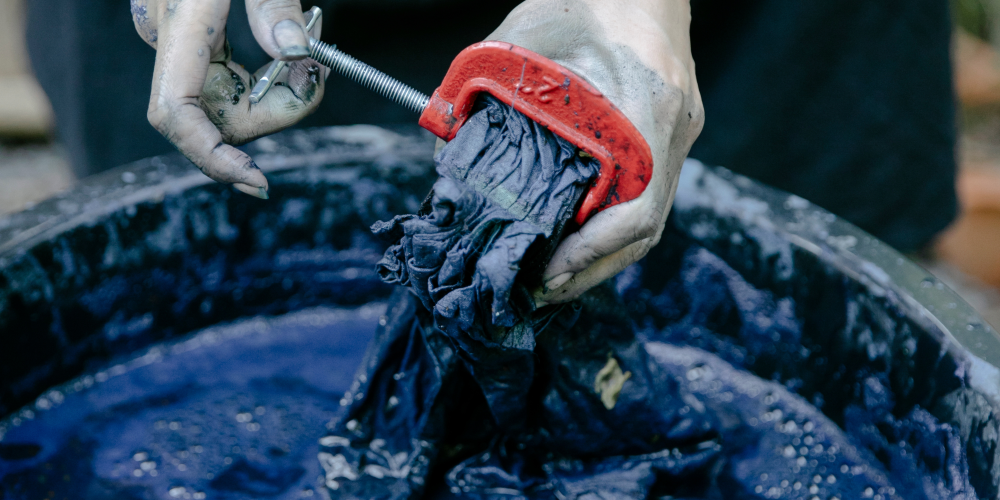
Garment Dyeing vs. Fabric Dyeing: Which Method is Best for Your Fashion Line?

When it comes to adding color to clothing, the textile industry predominantly uses two methods: Garment dyeing and Fabric dyeing. Each technique offers its unique advantages and challenges, making them suitable for different applications and end goals. As a designer or manufacturer, understanding the nuances of each method can help you make informed decisions tailored to your specific needs. Let's delve into the pros and cons of garment dyeing and fabric dyeing to determine which might be better for your fashion production.
Garment Dyeing: Flexibility and Unique Aesthetics
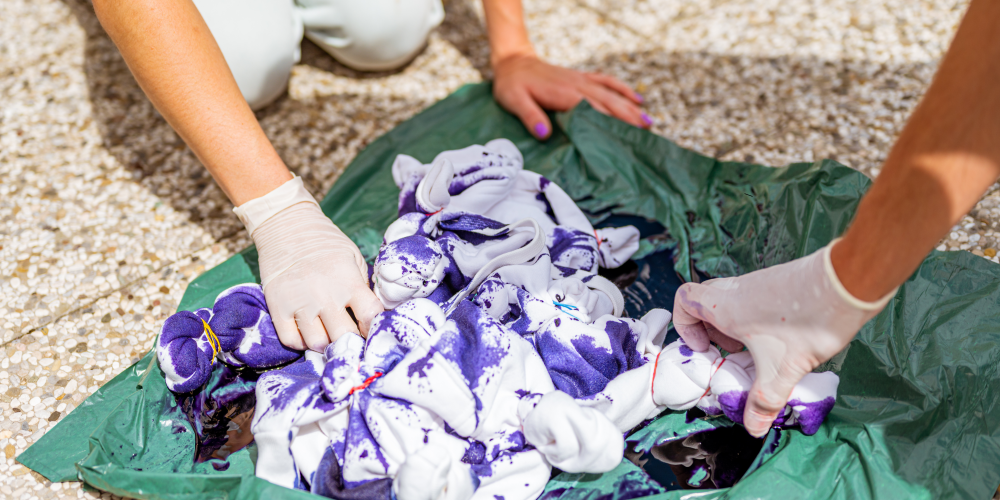
What is Garment Dyeing?
Garment dyeing involves coloring the fully constructed garment. This means that the garment is made from undyed fabric, and once it is cut, sewn, and finished, it is then dyed as a whole piece.
Pros of Garment Dyeing:
- Market Responsiveness:
Garment dyeing allows manufacturers to respond quickly to market trends and demands. If a particular color becomes popular, garments can be dyed accordingly without the need for pre-dyed fabric inventory.
- Unique Color Effects:
This method can produce distinctive, varied color effects. Washed-out, vintage looks, and intentional color inconsistencies can add a unique charm and appeal to the garments.
- Small Batch Production:
Ideal for limited editions, capsule collections, or niche markets, garment dyeing supports smaller production runs, reducing the risk of overproduction.
- Inventory Efficiency:
Reduces the risk of excess inventory. Since the garments are dyed after being made, manufacturers don't need to stock large quantities of pre-dyed fabric in various colors.
Cons of Garment Dyeing:
- Color Inconsistency:
Achieving uniform color can be challenging. Variations may occur between batches or even within the same batch, potentially leading to inconsistency in the final product.
- Potential for Shrinkage and Distortion:
Finished garments may shrink or become distorted during the dyeing process, affecting fit and appearance.
- Limited Fabric Choices:
Not all fabrics are suitable for garment dyeing, which can limit material options.
Fabric Dyeing: Consistency and Control
What is Fabric Dyeing?
Fabric dyeing involves dyeing the fabric in its raw state before it is cut and sewn into garments. The fabric is dyed in large rolls or bolts, ensuring that the material is uniformly colored.
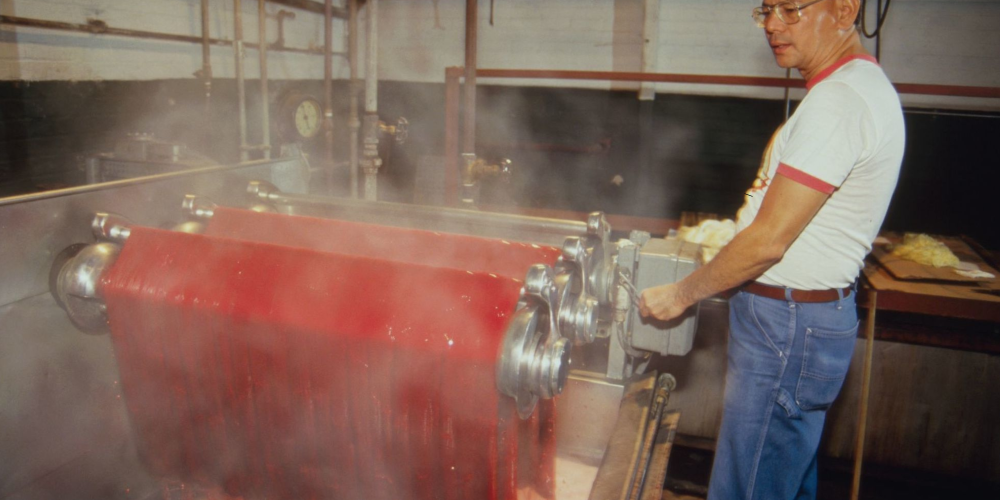
Pros of Fabric Dyeing:
- Color Consistency:
Fabric dyeing ensures a more uniform and consistent color application across large batches, which is crucial for maintaining brand standards and quality.
- Broad Fabric Compatibility:
A wide variety of fabrics can be dyed before construction, providing more flexibility in material choices.
- Scalability:
This method is efficient for large-scale production, handling substantial quantities of fabric at once and ensuring economies of scale.
- Control Over Fabric Properties:
Allows for better control over the fabric’s characteristics. Post-dyeing finishing processes can enhance properties like softness, texture, and durability.
Cons of Fabric Dyeing:
- Higher Inventory Risk:
Requires pre-dyed fabrics, leading to a higher risk of having leftover materials in colors that may not sell well.
- Less Market Flexibility:
Less responsive to immediate market trends since the fabric must be dyed and ready before garment construction.
- Environmental Concerns:
The dyeing process can be resource-intensive and environmentally taxing if not managed properly. Water and chemical usage are significant concerns.
Which is Better and Why?
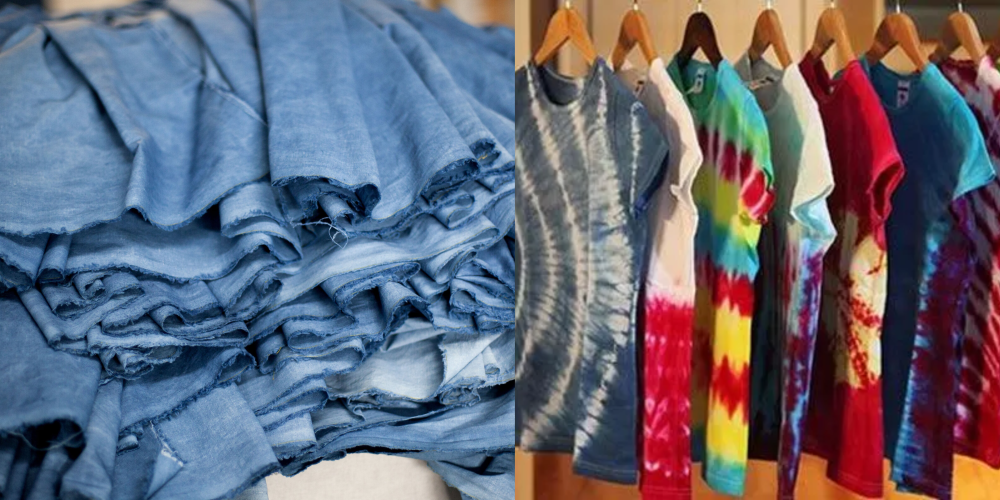
- For Flexibility and Trend Responsiveness:
Garment Dyeing is superior. It allows for quick adaptation to market trends, reduces inventory risk, and supports unique, small-batch productions with distinctive aesthetic effects.
- For Consistency and Large-Scale Production:
Fabric Dyeing takes the lead. It ensures uniform color application, offers a broader range of fabric choices, and is more efficient for large-scale operations, providing better control over the final product's quality.
Summary
Both garment dyeing and fabric dyeing have their places in the fashion industry. Garment dyeing offers flexibility and unique aesthetics, making it ideal for responsive, small-scale, and fashion-forward productions. On the other hand, fabric dyeing provides consistency and control, perfect for large-scale, quality-driven manufacturing.
By understanding these differences, designers and manufacturers can strategically choose the dyeing method that best aligns with their business goals and market needs, ensuring that their products meet both aesthetic and practical standards.
related questions
What is the difference between garment dye and fabric dye?
arrow_drop_downGarment dyeing involves coloring fully constructed garments, altering their color after production. Fabric dyeing, on the other hand, colors fabric before garment construction. Garment dyeing allows for unique color effects and distressing techniques, while fabric dyeing ensures uniform color distribution across the fabric.
What are the techniques used for garment dyeing?
arrow_drop_downCommon techniques for garment dyeing include piece dyeing, where individual garments are dyed as separate pieces; batch dyeing, which involves dyeing multiple garments together in a single batch; and continuous dyeing, where garments are continuously dyed as they move through a dyeing machine.
How do the results of garment dyeing and fabric dyeing differ?
arrow_drop_downGarment dyeing often produces unique color variations and distressed effects due to the uneven absorption of dye on finished garments. Fabric dyeing, on the other hand, results in more uniform color distribution across the fabric, allowing for consistent coloring of garments. Garment dyeing offers versatility in achieving specific color effects, while fabric dyeing ensures consistent coloration throughout the fabric.
Garment Dyeing & Fabric Dyeing, Which method is more common in the fashion industry?
arrow_drop_downGarment dyeing is more common in the fashion industry for its versatility in achieving unique color effects and distressed finishes, especially for casual and vintage-style garments. However, fabric dyeing is also prevalent, particularly for larger-scale production runs requiring uniform color distribution across garment components. The choice often depends on design preferences, production scale, and desired aesthetic outcomes.
More Blogs
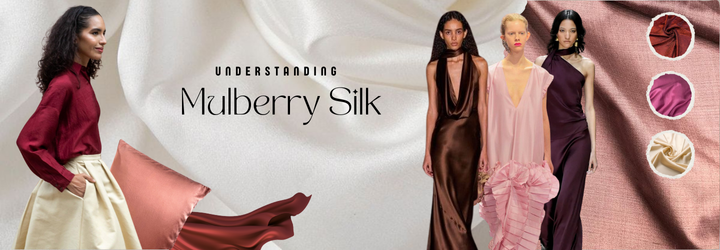
understanding mulberry silk quality: what designers often miss and why it matters
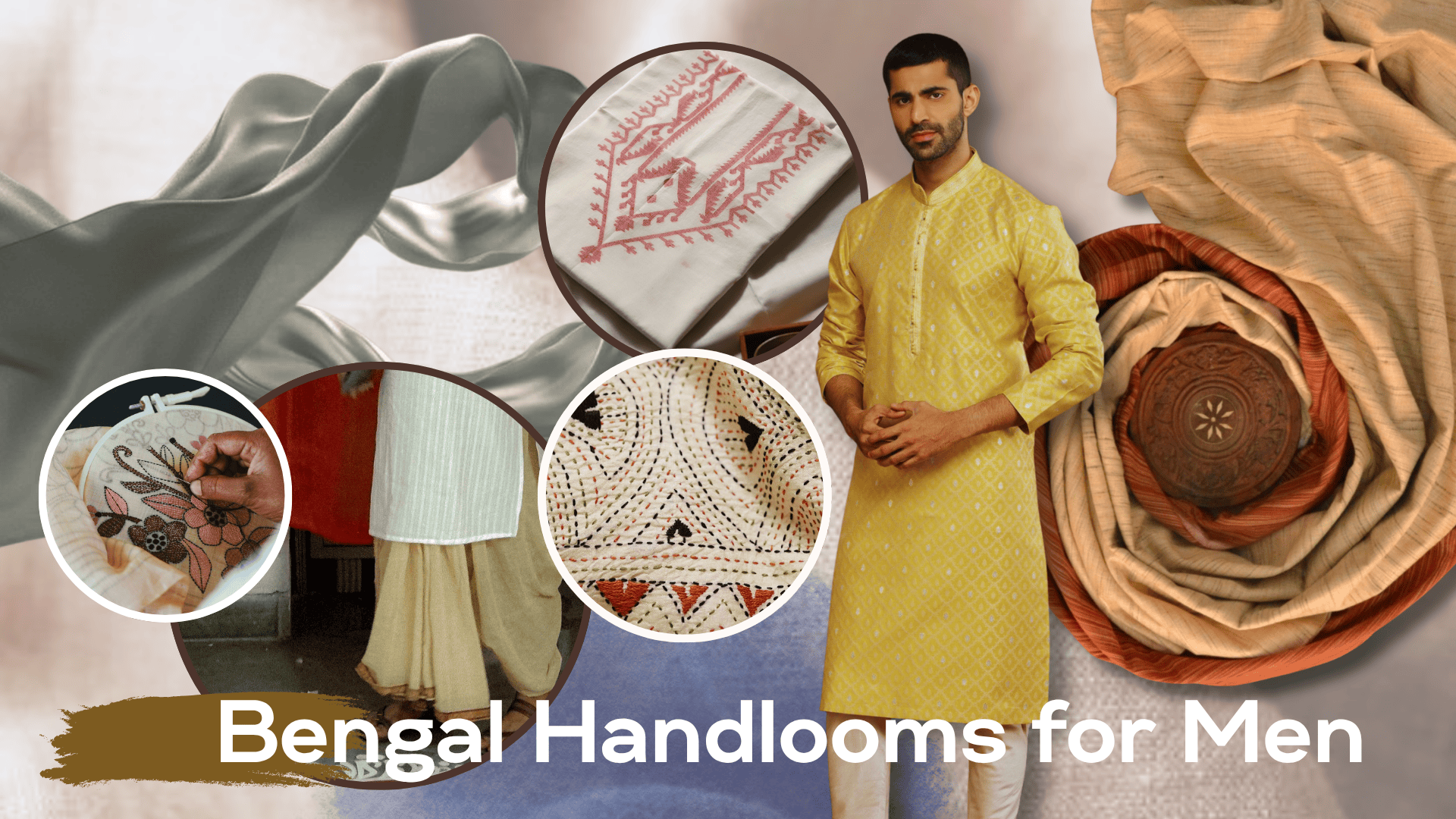
bengal looms for men: beyond the kurta
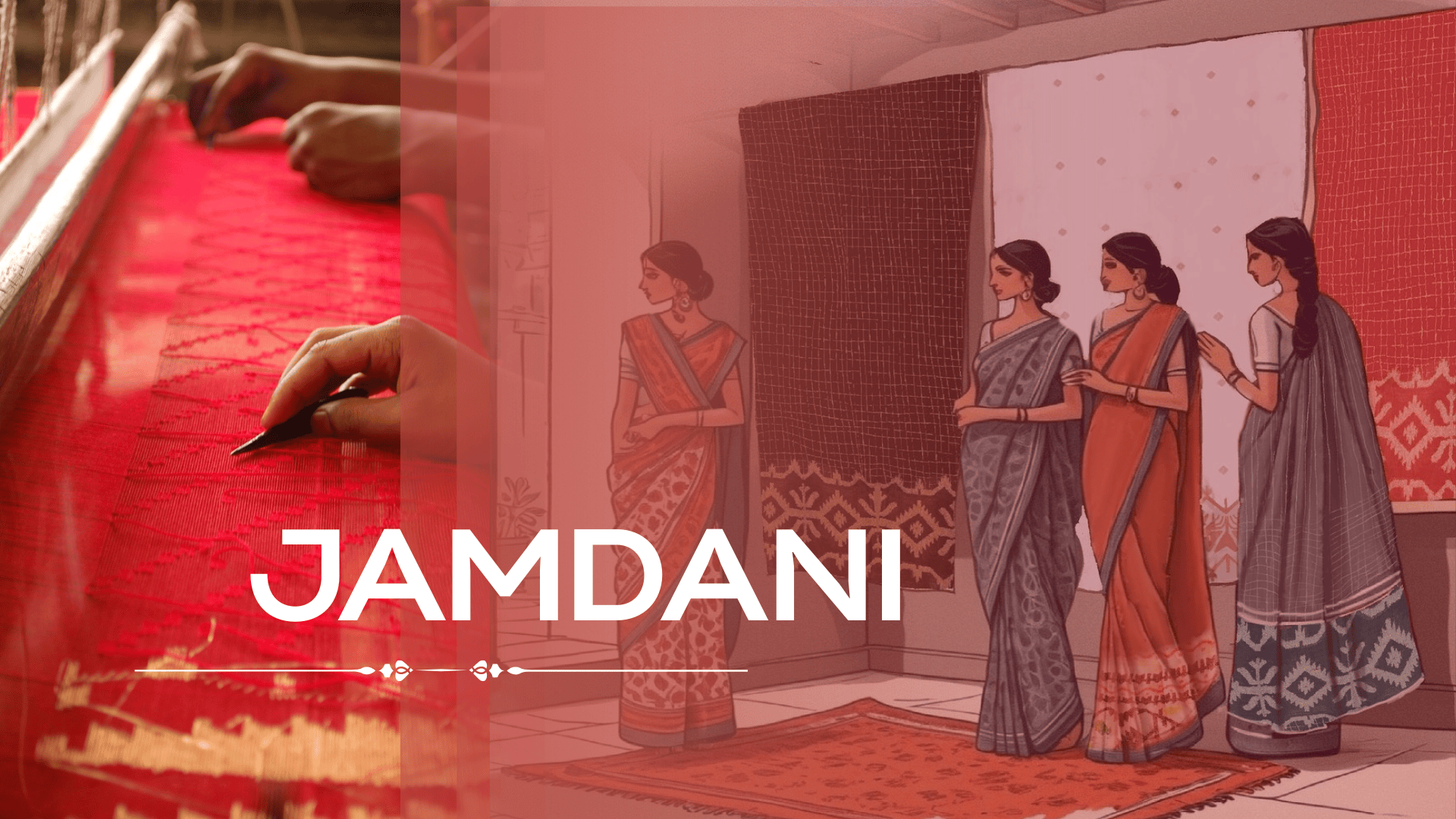
jamdani magic: why this weave is unesco-recognized as cultural heritage
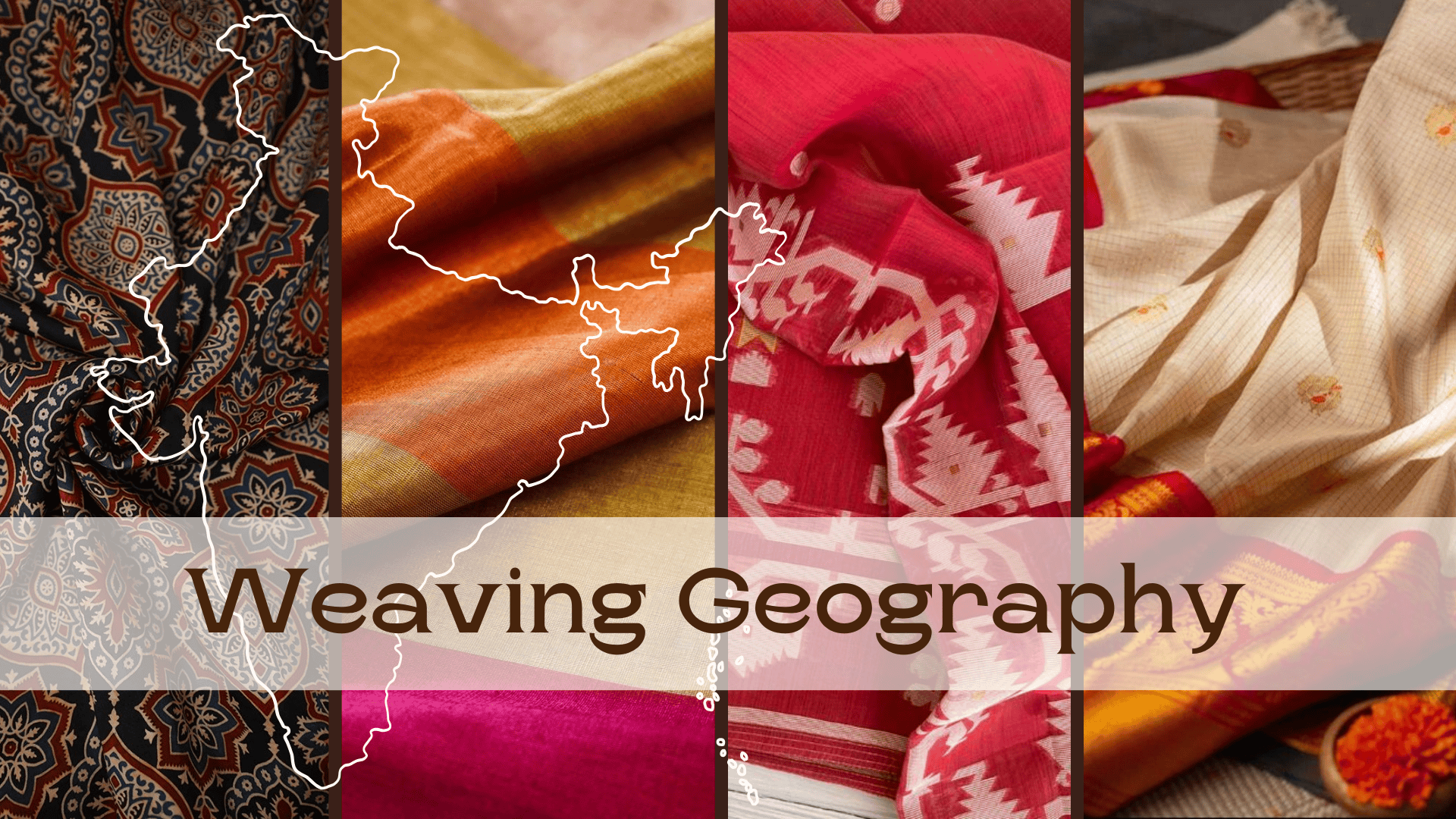
weaving geography: which district is known for which handloom fabrics
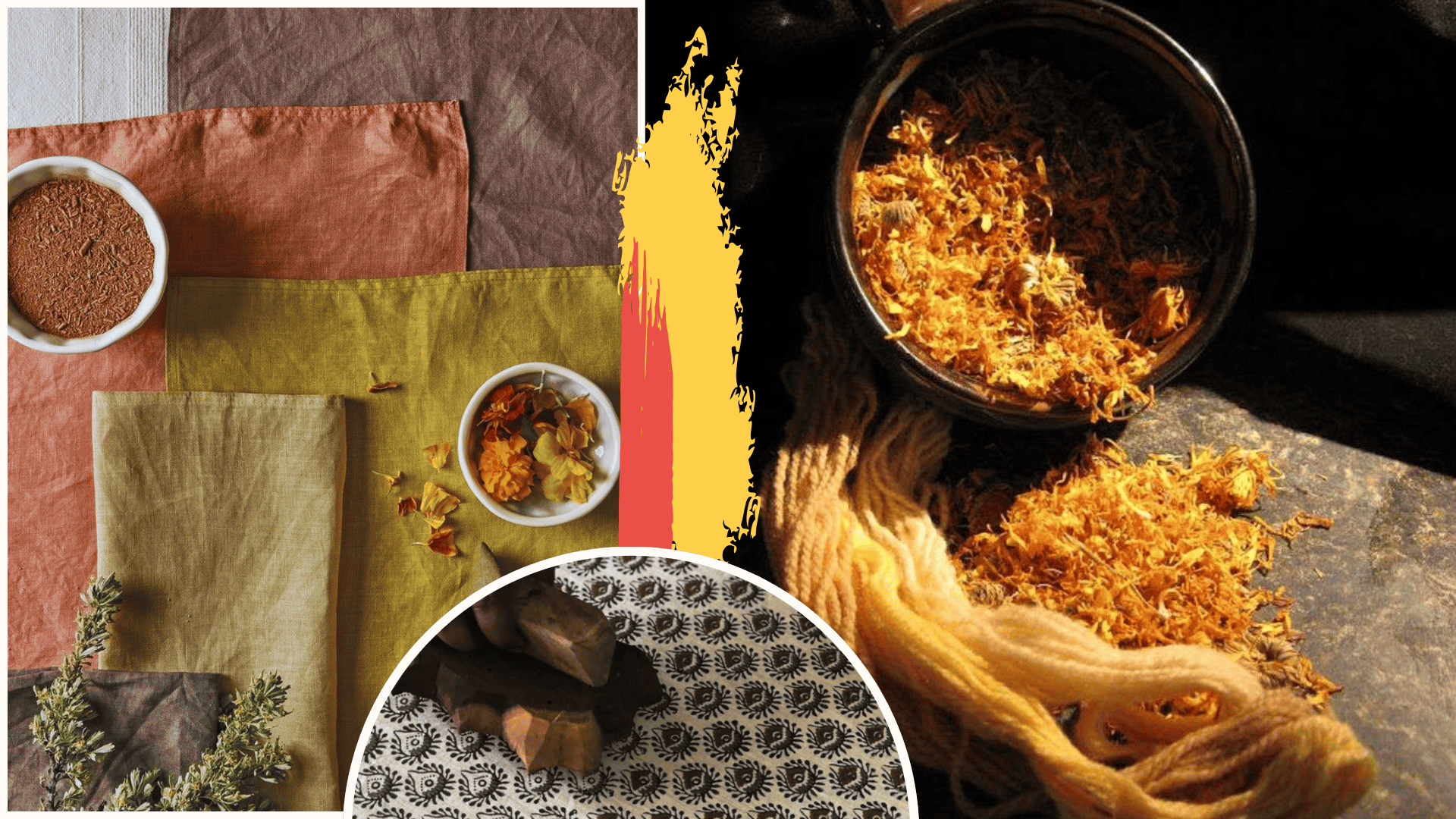
the ultimate guide to naturally dyed and block printing textiles
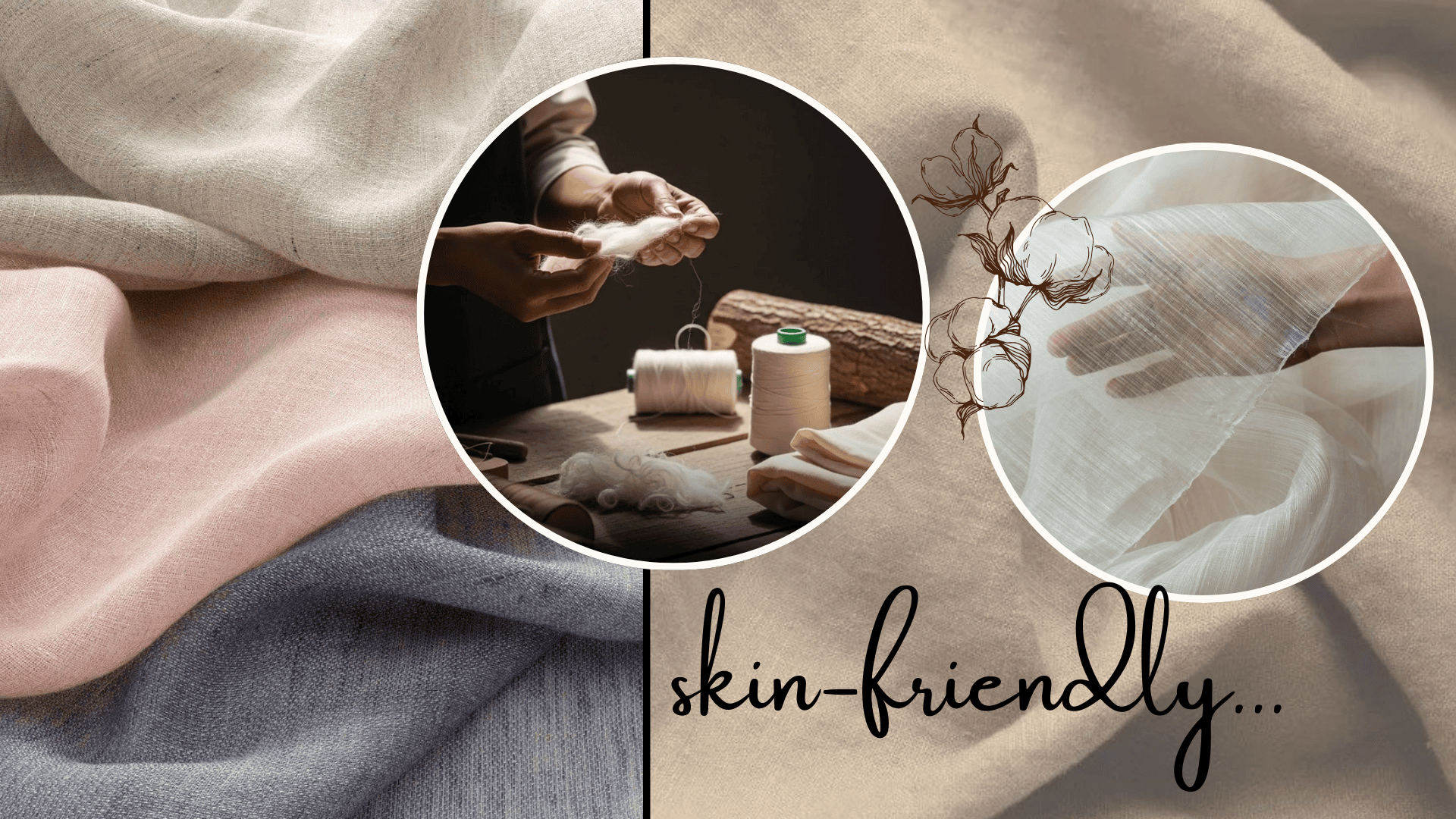
why skin-friendly textiles are the next luxury in fashion






